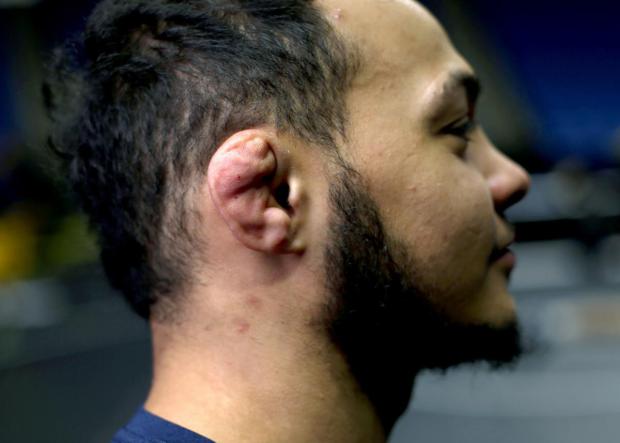
Breaking News
 They've Been Feeding You Poison (And Calling It Food)
They've Been Feeding You Poison (And Calling It Food)
 Tattoo ink may cause prolonged changes to the immune system
Tattoo ink may cause prolonged changes to the immune system
 Travel gadget promises to dry and iron your clothes – totally hands-free
Travel gadget promises to dry and iron your clothes – totally hands-free
 Duckweed: A sustainable, protein-packed food source smeared by Big Ag
Duckweed: A sustainable, protein-packed food source smeared by Big Ag
Top Tech News
 Perfect Aircrete, Kitchen Ingredients.
Perfect Aircrete, Kitchen Ingredients.
 Futuristic pixel-raising display lets you feel what's onscreen
Futuristic pixel-raising display lets you feel what's onscreen
 Cutting-Edge Facility Generates Pure Water and Hydrogen Fuel from Seawater for Mere Pennies
Cutting-Edge Facility Generates Pure Water and Hydrogen Fuel from Seawater for Mere Pennies
 This tiny dev board is packed with features for ambitious makers
This tiny dev board is packed with features for ambitious makers
 Scientists Discover Gel to Regrow Tooth Enamel
Scientists Discover Gel to Regrow Tooth Enamel
 Vitamin C and Dandelion Root Killing Cancer Cells -- as Former CDC Director Calls for COVID-19...
Vitamin C and Dandelion Root Killing Cancer Cells -- as Former CDC Director Calls for COVID-19...
 Galactic Brain: US firm plans space-based data centers, power grid to challenge China
Galactic Brain: US firm plans space-based data centers, power grid to challenge China
 A microbial cleanup for glyphosate just earned a patent. Here's why that matters
A microbial cleanup for glyphosate just earned a patent. Here's why that matters
 Japan Breaks Internet Speed Record with 5 Million Times Faster Data Transfer
Japan Breaks Internet Speed Record with 5 Million Times Faster Data Transfer
Simple Injection Could Be the Cure for Wrestlers and Athletes Suffering From 'Cauliflower Ear

Chinese researchers have developed a new 3D-bioprinting machine capable of making new tissue without the need for traumatic surgery.
It means sports stars like Richie McCaw, Graham Rowntree, and Dan Cole won't have their retirement blighted with snide comments about their disfigured ears.
The international team used a non-invasive technique to 3D-bioprint new ears for mice, a procedure which creates layers of tissue similarly to how spare parts are built by conventional 3D printers in industry. Instead of ink, the researchers created a mix of cartilage cells and chemicals that were administered beneath the skin at the back of the ear. The new tissue began forming immediately, correcting genetically malformed "auricles" in the lab rodents—the visible part of the ear outside the head.
One month later, the cartilage had maintained its shape and been colonized by blood vessels and muscles to begin growing and renewing themselves normally.
The "bio-ink", which was described in the study published in Science Advances, is controlled using rays of near-infrared digital light, rather than UV light that is harmful to the cells.

 Advanced Propulsion Resources Part 1 of 2
Advanced Propulsion Resources Part 1 of 2

